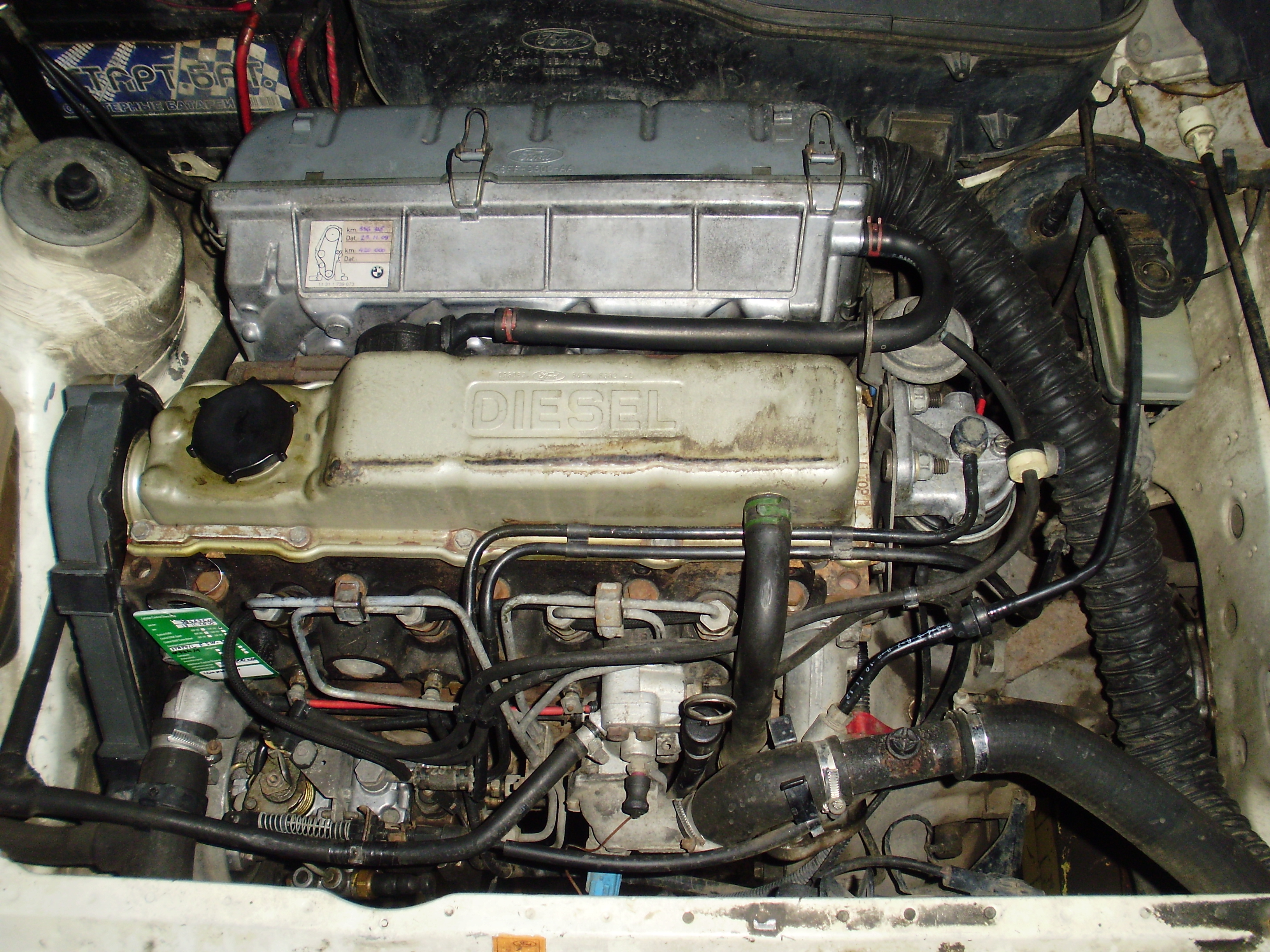Ford LT Engine on:
[Wikipedia]
[Google]
[Amazon]
 The Ford LT engine (sometimes referred to as the "Dagenham") is a 1.6 litre
The Ford LT engine (sometimes referred to as the "Dagenham") is a 1.6 litre
 The Ford LT engine (sometimes referred to as the "Dagenham") is a 1.6 litre
The Ford LT engine (sometimes referred to as the "Dagenham") is a 1.6 litre diesel
Diesel may refer to:
* Diesel engine, an internal combustion engine where ignition is caused by compression
* Diesel fuel, a liquid fuel used in diesel engines
* Diesel locomotive, a railway locomotive in which the prime mover is a diesel engin ...
power inline-four engine
A straight-four engine (also called an inline-four) is a four-cylinder piston engine where cylinders are arranged in a line along a common crankshaft.
The vast majority of automotive four-cylinder engines use a straight-four layout (with the ...
used in the Ford Escort as well as its Orion and Escort Van derivatives. It was also installed in the Ford Fiesta
The Ford Fiesta is a supermini car marketed by Ford since 1976 over seven generations. Over the years, the Fiesta has mainly been developed and manufactured by Ford's European operations, and has been positioned below the Escort (later the ...
Mark 2.
Design
The LT was designed from the beginning exclusively to be a diesel engine, eliminating any compromises required for a design also intended to run on petrol. It was built exclusively at theFord Dagenham
Ford Dagenham is a major automotive factory located in Dagenham, London, operated by the Ford of Britain subsidiary of Ford Motor Company. The plant opened in 1931 and has produced 10,980,368 cars and more than 39,000,000 engines in its histo ...
plant. Design work was carried out with the help of German diesel specialists Deutz, who already had a relationship with Ford in providing engines for the heavier-duty Ford Cargo
The Ford Cargo is a forward control (cab-over-engine) truck model manufactured by Ford since 1981. Designed by Ford of Britain as the successor of the larger Ford Transcontinental, the Cargo entered the North American market as the intended suc ...
s. Output is at 4800 rpm. The crankshaft has five bearings and the glowplug
A glowplug (alternatively spelled as glow plug or glow-plug) is a heating device used to aid in starting diesel engines. In cold weather, high-speed diesel engines can be difficult to start because the mass of the cylinder block and cylinder he ...
s were of the quicker in-cylinder type, reducing pre-heating times to between 7 and 12 seconds depending on the outside temperature.
References
LT Diesel engines by model {{Automotive-part-stub